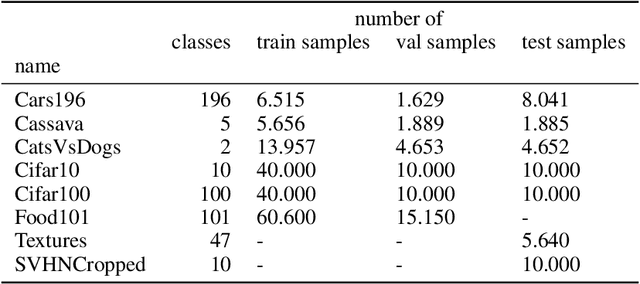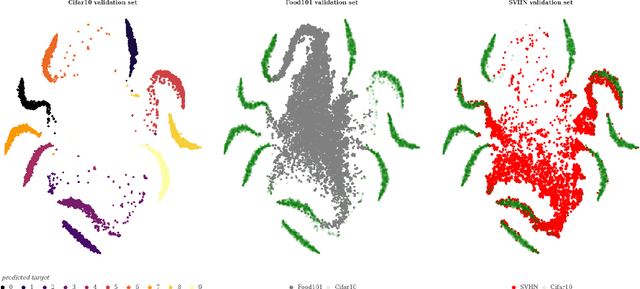Christian Pigorsch
Realized Volatility Forecasting for New Issues and Spin-Offs using Multi-Source Transfer Learning
Mar 16, 2025Abstract:Forecasting the volatility of financial assets is essential for various financial applications. This paper addresses the challenging task of forecasting the volatility of financial assets with limited historical data, such as new issues or spin-offs, by proposing a multi-source transfer learning approach. Specifically, we exploit complementary source data of assets with a substantial historical data record by selecting source time series instances that are most similar to the limited target data of the new issue/spin-off. Based on these instances and the target data, we estimate linear and non-linear realized volatility models and compare their forecasting performance to forecasts of models trained exclusively on the target data, and models trained on the entire source and target data. The results show that our transfer learning approach outperforms the alternative models and that the integration of complementary data is also beneficial immediately after the initial trading day of the new issue/spin-off.
Out-of-Distribution Detection using Outlier Detection Methods
Aug 18, 2021



Abstract:Out-of-distribution detection (OOD) deals with anomalous input to neural networks. In the past, specialized methods have been proposed to reject predictions on anomalous input. We use outlier detection algorithms to detect anomalous input as reliable as specialized methods from the field of OOD. No neural network adaptation is required; detection is based on the model's softmax score. Our approach works unsupervised with an Isolation Forest or with supervised classifiers such as a Gradient Boosting machine.
 Add to Chrome
Add to Chrome Add to Firefox
Add to Firefox Add to Edge
Add to Edge